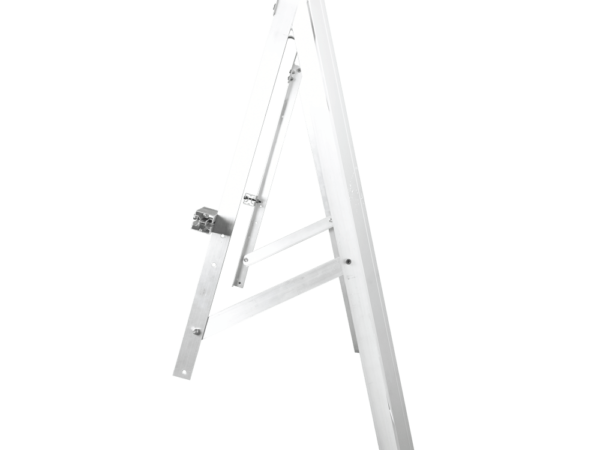Solar Mounting Options

Solar mounting brackets refers to the hardware that is used to fix solar panels onto a roof or any other desired surface. It provides a secure and stable platform for the photovoltaic (PV) panels, allowing them to generate electricity safely and effectively.
There are several types of solar mounting brackets available in the market, including:
Ground Mounts: This type of mount is suitable for large-scale commercial and utility-scale solar installations. Ground mounts can be fixed directly into the ground, concrete or onto a raised structure.
Roof Mounts: This type of mount is used to attach solar panels to a roof, either flat or pitched.
The roof mounts can be fixed, adjustable or flush-mounted to the roof.
Pole Mounts: This type of mount is suitable for remote and off-grid solar installations. Pole mounts are attached to a pole, which is then anchored into the ground.
In addition to the solar mounting brackets, there are several other accessories that are used in solar installations. Some of these accessories include:
Rail System: A rail system is a set of metal bars that run along the length of the panels, providing a stable platform for the clamps to grip onto.
Mid and End Clamps: These clamps are used to join the panels together, creating a secure and stable array.
Grounding Kits: Grounding kits are used to connect the panels to an electrical ground, ensuring that they are protected against lightning and other electrical surges.
These are some of the important components that are used in solar installations. The choice of components will depend on the type of solar installation and the specific requirements of the site.